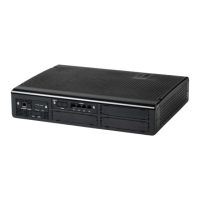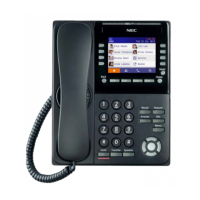1
1. iLO
iLO 5 is a remote server management processor embedded on the system boards of NEC
Express servers. iLO enables the monitoring and controlling of servers from remote locations. iLO
management is a powerful tool that provides multiple ways to configure, update, monitor, and
repair servers remotely. iLO (Standard) comes preconfigured on servers without an additional
cost or license.
Features that enhance server administrator productivity and additional new security features are
licensed.
iLO key features
• Server health monitoring—iLO monitors temperatures in the server and sends corrective
signals to the fans to maintain proper server cooling. iLO also monitors installed firmware and
software versions and the status of fans, memory, the network, processors, power supplies,
storage, and devices installed on the system board.
• Agentless Management—With Agentless Management, the management software (SNMP)
operates within the iLO firmware instead of the host OS. This configuration frees memory and
processor resources on the host OS for use by server applications. iLO monitors all key internal
subsystems, and can send SNMP alerts directly to a central management server, even with no
host OS installed.
• Integrated Management Log—View server events and configure notifications through SNMP
alerts, remote syslogs, and email alerts.
• Active Health System Log—Download the Active Health System log. You can send the log file
to NEC Corporation when you have an open support case.
• iLO Federation management—Use the iLO Federation features to discover and manage
multiple servers at a time.
• Integrated Remote Console—If you have a network connection to the server, you can access
a secure high-performance console to manage the server from any location.
• Virtual Media—Remotely mount high-performance Virtual Media devices to the server.
• Power management—Securely and remotely control the power state of the managed server.
• Deployment and provisioning—Use Virtual Power and Virtual Media for tasks such as the
automation of deployment and provisioning.
• Power consumption and power settings—Monitor the server power consumption, configure
server power settings, and configure power capping on supported servers.
• User access—Use local or directory-based user accounts to log in to iLO.
• Two-factor authentication—Two-factor authentication is supported with Kerberos.
• iLO interface controls—For enhanced security, enable or disable selected iLO interfaces and
features.
• Firmware management—Save components to the iLO Repository and use SUM to configure
install sets and manage the installation queue.
• iLO Service Port—Use a supported USB Ethernet adapter to connect a client to the iLO

